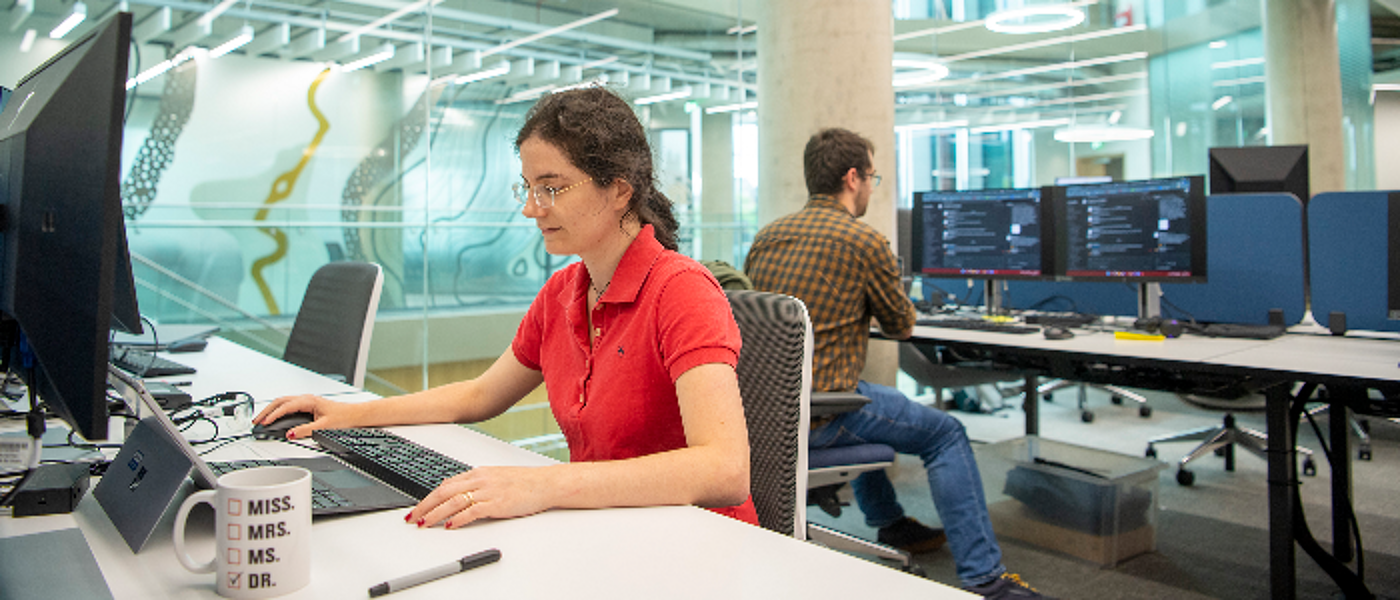Graduate School and Doctoral Training Hub
Studying Science or Engineering at research level at the University of Glasgow means that you will be part of a Graduate School which provides the highest level of support to its students.
The overall aim of our Graduate School is to provide a world-leading environment for students which is intellectually stimulating, encourages them to contribute to culture, society and the economy and enables them to become leaders in a global environment.
We have a diverse community of over 1000 students from more than 70 countries who work in innovative and transformative disciplinary and interdisciplinary fields. We are always pleased to hear from future, current or past students!
Email: scieng-gradschool@glasgow.ac.uk
Instagram: uofgscienggradschool

Apply for PGR study

Current students
- CoSE Graduate School SharePoint
- Skills and development
- Policies and procedures
- Thesis submission

Our PGR community


